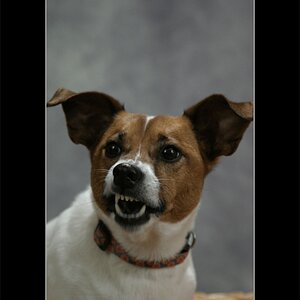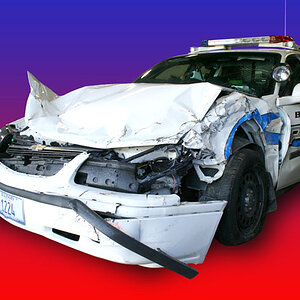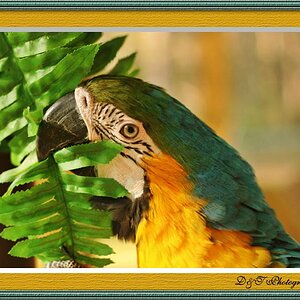cwindle1
TPF Noob!
- Joined
- Jun 18, 2014
- Messages
- 39
- Reaction score
- 4
- Can others edit my Photos
- Photos NOT OK to edit
Hi,
Posted about this before and finally have an example that I've kept. Aperture was set at f/8, shutter speed 1/2000, ISO 1000 (although looks sunny, was very glum day, when I put it lower, was too dark). So please tell me what is going on? I had it on 3D tracking and was following horse and rider all the way to the jump having it focused and the min a click the shutter to take the pic, the background is in focus and well, you can see for yourself...
Nikon D5100 with Nikkor 70-300vr.
Posted about this before and finally have an example that I've kept. Aperture was set at f/8, shutter speed 1/2000, ISO 1000 (although looks sunny, was very glum day, when I put it lower, was too dark). So please tell me what is going on? I had it on 3D tracking and was following horse and rider all the way to the jump having it focused and the min a click the shutter to take the pic, the background is in focus and well, you can see for yourself...
Nikon D5100 with Nikkor 70-300vr.


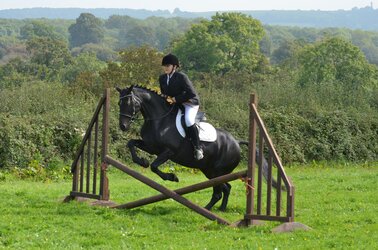
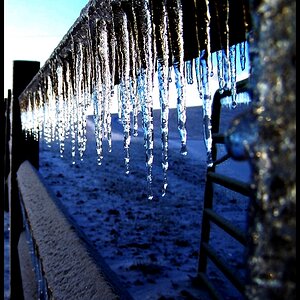
![[No title]](/data/xfmg/thumbnail/40/40287-4f839095000f74d779b90ed75df9dc62.jpg?1619739408)
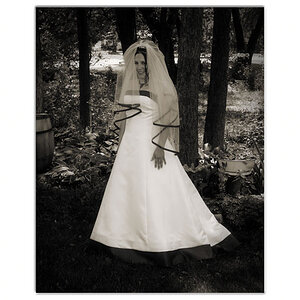
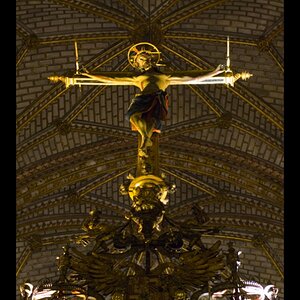
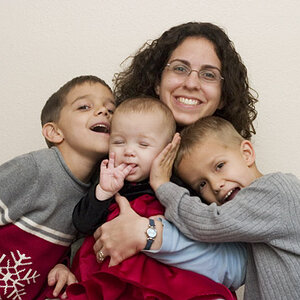
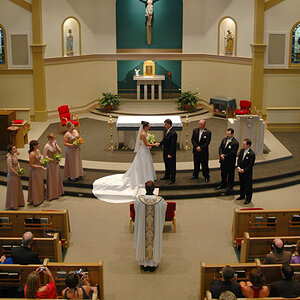
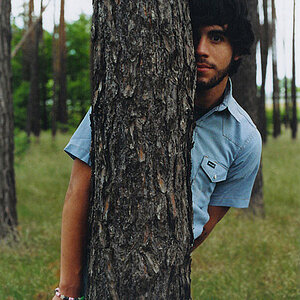
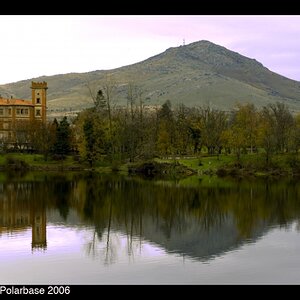
![[No title]](/data/xfmg/thumbnail/39/39292-4169a355b794ae9735845c4ad45d06ff.jpg?1619738958)
